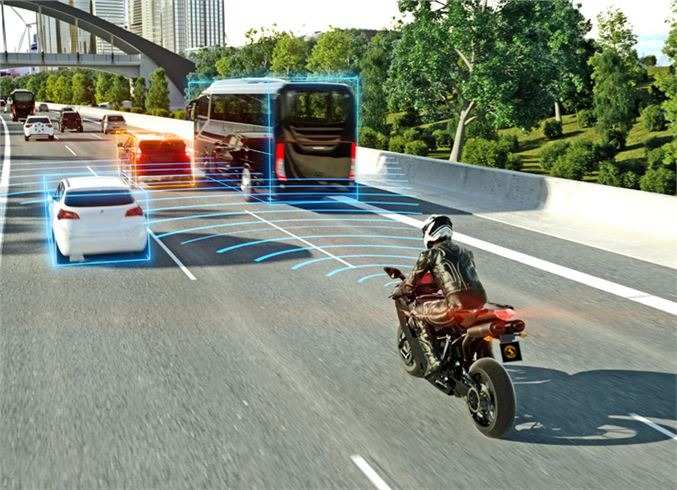Continental Unveils ARAS System Aimed at Enhancing Two-Wheeler Safety

In the modern era of technological advancement, road safety is an ever-increasing concern, especially in India. To meet human safety, brands have to continuously evolve their vehicles and comply with new regulations set by law. While the four-wheeler segment has been constantly refreshed and innovated, two-wheelers have often lagged behind when it comes to safety features.
However, global technology company Continental has been asked to revolutionize this segment by providing the Advanced Rider Assistance System (ARAS) for two-wheelers.
the Head Technical Center (TCI) at Continental highlighted that the ARAS system has been specially designed for price-sensitive markets like India. Chebrakalam also confirmed that the ARAS system will initially be available only in premium motorcycles but they are open to developing more low-cost solutions on a larger scale.
Similar to Advanced Driver Assistance Systems (ADAS) in four-wheelers, the ARAS system will offer various important tools including Adaptive Cruise Control (ACC), Blind Spot Detection, Lane Change Assist (LCA) and Forward Collision Warning. Safety Due to the movements required to operate these vehicles, the only feature not considered for the ARAS system is automatic emergency braking. The newly improved system will see future bikes/motorcycles using a single sensor as opposed to multiple controllers. This type of implementation has greatly reduced the cost of the technology and made it feasible for Indian markets as well.

How does Continental’s mattress system work?
Adaptive Cruise Control or ACC:
ACC will enable motorcyclists to automatically adjust the speed of the two-wheeler to maintain a safe distance from the vehicles in front of them. The radar sensor will consider the unique dynamics of the motorcycle, which will benefit long distance travel on highways by reducing rider fatigue.
Blind Spot Detection:
Blocked by helmets and unstable side mirrors, motorcyclists often face a large blind spot. The blind spot detection feature will be triggered when the object is in the same area. It will illuminate a warning LED in the rearview mirror to alert the rider of a potential vehicle in the adjacent lane.
Lane Change Assist or LCA:
LCA helps the rider detect fast overtaking vehicles. It will alert the rider with fast-flashing alerts to notify the presence of such vehicles. This feature is especially helpful on highways.
Forward collision warning:
This feature gives the rider immediate feedback if his vehicle is on a collision course. This technology calculates distance and speed differences to determine if a collision is imminent.





